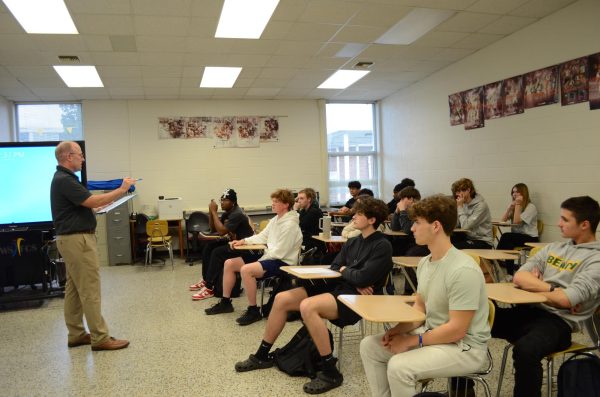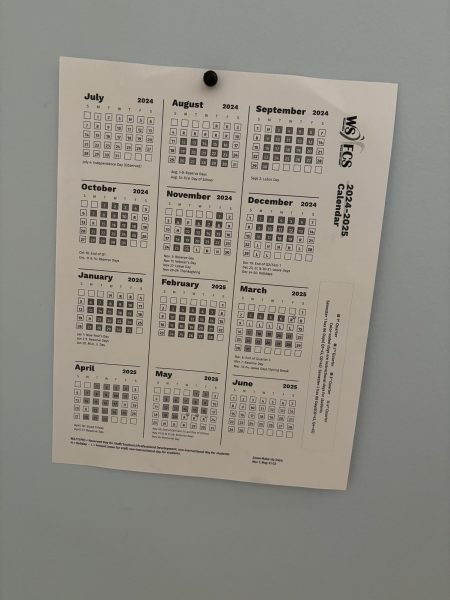If You Give a Student a Loan: Impact of high tuition prices is shown in Chile
December 19, 2019
One universal truth is that college is expensive, and with the price of college rising, finding ways to pay for it can be stressful and difficult. The national college debt is rising daily, and 70 percent of Americans take out loans for college, according to marketplace.org, which can be difficult to pay back. “As a school, we only gather information from seniors that have earned merit based grants or scholarships, but ultimately that impacts a small percentage of students,” said counselor Jennifer Wyshner. American students can find many ways to pay for college, including loans, grants, scholarships and federal financial aid, but not every country has those options.
Right now in Chile, students are protesting the recent raise in bus fares for students, but the importance of the issue goes further back. In 1970 socialist Salvador Allende was elected president and attempted to nationalize public services like education, heathcare and agriculture, but the young democracy began to crumble under his rule because he was trying to create nationalistic programs and radical social reform. Allende’s chief of staff General Augusto Pinochet planned a coup to overthrow Allende and became Chile’s dictator. He privatized the pension system and public services like water and did away with a minimum wage, which sent almost half of Chile’s work force into debt. Pinochet’s reign ended in 1990, yet he continued to serve as a senator until 2005. Since Pinochet’s death in 2006, amendments have been made to his constitution, but most of it is still in place.
Starting in October, students began protesting the economic inequality in the country after bus fares rose by four percent. This may seem like an incredibly small amount, but the average person in Chile makes $538 a month, according to chileinenglish.cl, and the average cost of tuition is $7,654. Because the cost of tuition is so high, families are forced to take out loans to pay for college, which are difficult to pay back because the average income is so low. The rise in bus fares was the final straw. All of this combined with national economic instability led students to demand change in the Chilean constitution that would limit the government’s involvement in the economy and benefit the lower and middle classes. In 2020 there will be a referendum to discuss rewriting the constitution.
The government has handled the protests with violent force with at least 24 dead and thousands arrested despite the majority of the protests being peaceful. President Sebastian Piñera has cancelled some interest payments for loans, but students are still protesting for more aid in loan repayment.
While Chile’s government is incredibly different from the United States’, student loan debt and college payment plans can be very intimidating. The average student debt in the United States is $37,172 and most college graduates make $47,000 after graduation, according to inc.com. This can seem intimidating, but meeting with school counselors and looking for scholarships can help ease the daunting burden of paying for college.












